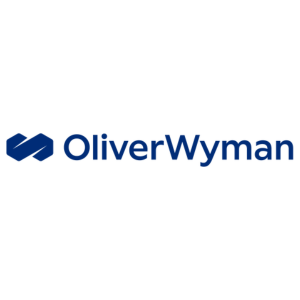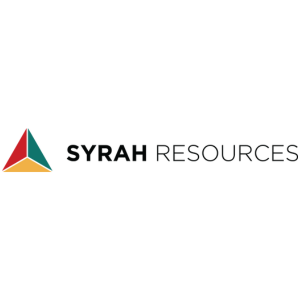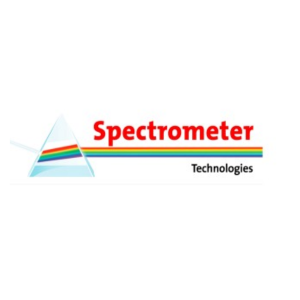Who's in?
As we mark World Environment Day, it’s refreshing to think about the opportunities to play a role in positive change, rather than just the obstacles in our way.
For almost eight years in the early 2000s, I worked in a mining business where I held responsibility for environmental management (among other things) at their portfolio of operating mines. As part of our commitment to environmental improvement, we also developed programs to reduce energy use and through that, emissions. We didn’t call it this at the time, but we were exploring early decarbonization programs.
This business was a leader in many ways – it had previously taken bold steps to generate electricity by drawing high-concentration methane from deep within mine workings. This was also one of the very first mining businesses that captured low concentration vent air methane, to convert it to electricity.
On energy, I’m forever grateful to a diverse team of smart thinkers and committed doers - electrical engineers, mining engineers, environmentalists, and others in my team. We made big strides, starting with energy use. We took the low hanging fruit first, to limit wasted energy while reducing cost and improving safety. These changes were relatively incremental.
Once we’d made early changes, we began exploring other options. Invariably this meant considering new capital expenditure.
It grew tougher.
We grappled with justifying new capital when competing with other sustaining or new capital that was vital for production. As capex needs increased, the business case could easily become an uphill battle. With the financial rationale for spending to reduce energy use and emissions not always clear cut, we experienced both wins and losses. We learned a lot about creative internal collaboration.
Fast forward 20 years and I’m now heading up the Development Partner Institute for Mining. It’s August 2019. We’ve assembled a group of diverse thinkers from across the value chain of mining - miners, suppliers, think tanks, community, and academic representatives. Excitement in the room is growing as we talk about accelerating uptake of renewable and low carbon energy. It’s a wonderfully open, balanced conversation. We hear fresh ideas and diverse visions that point to a cleaner energy future.
And there are new stakeholders in this energy conversation. Indigenous people, who’ve rarely been at this table before, are bringing new insights. As the conversation evolves, there are new opportunities emerging for indigenous communities to contribute to renewable energy uptake. This may be possible through new infrastructure sharing arrangements. Or through equity participation and development of new skills and capability.
Participants tell us that the need to accelerate to cleaner energy is both deeply personal and intellectually fascinating.
New ideas are tumbling out, as we explore the intent, goodwill, and passion to address the critical challenges. And we are deep in discussion of key energy challenges. In our 2019 initial dialogue, we began to explore some of these barriers that block collaborative ideas. They include the same capex / opex decision-making questions, internal “silos”, and difficulties creating and implementing the new business models that I had begun to grapple with 20 years ago.
In our role as a catalyser, we at DPI Mining see this evolving as an exciting pilot of the concept of a Climate Health Ecosystem Solution. We’d love to see this concept developed and piloted in an African jurisdiction as well as in Australia.
The objective is to create an impact fund for pursuing renewable energy opportunities with indigenous equity, while providing sustainable energy and revenue for communities and energy for industry. We believe the Climate Health Ecosystem Fund starts to take the theoretical and turn it into the possible, and we’d like to secure funding, design, and execute the prototype in the coming 12 months.
We know that this will require that mining companies collaborate internally in non-traditional ways.
Inside companies, investing in renewables will accelerate through creative collaboration across internal teams such as procurement, engineering, and social performance. Accountants and development practitioners don’t always speak the same language. We know that within mining companies, practical steps towards building renewable energy capacity and other concepts to lower emissions – particularly if that is to include communities – demands close collaboration between financial functions - like procurement or the Office of the CFO for capital and budget allocation - and the social performance functions – like community or ESG teams for example.
This is where DPI can bring our unique strengths to bear.
We believe there is an opportunity to kickstart the Future Energy program by initiating conversations that bring into the room CFOs, procurement officers, engineers and social practitioners. A small sample of companies seems a good start. This will help us better understand the opportunities and challenges of commissioning renewable energy options inside their organisations.
We invite you to join us in conversation – to share your ideas and perspectives and to express your interest in being a part of this journey we are taking together. We are calling for new participants and new funding partners to help drive us forward. Africa will be a priority for us.
As we mark World Environment Day, it’s refreshing to think about the opportunities to play a role in positive change, rather than just the obstacles in our way. Solving these complex challenges will require collaborative and innovative ways of thinking and working. DPI’s “Future Energy” program fits clearly into the global efforts to reduce emissions and slow climate change, in the context of our broader mission for mining as a development partner.
We are grateful to our fellow travelers in this work, Rocky Mountain Institute, Brightlight, Pilbara Solar, miners, indigenous people, and all those who share our vision and enthusiasm for Future Energy. For more information, click here.
Article written by Wendy Tyrrell, Executive Director, Development Partner Institute
For almost eight years in the early 2000s, I worked in a mining business where I held responsibility for environmental management (among other things) at their portfolio of operating mines. As part of our commitment to environmental improvement, we also developed programs to reduce energy use and through that, emissions. We didn’t call it this at the time, but we were exploring early decarbonization programs.
This business was a leader in many ways – it had previously taken bold steps to generate electricity by drawing high-concentration methane from deep within mine workings. This was also one of the very first mining businesses that captured low concentration vent air methane, to convert it to electricity.
On energy, I’m forever grateful to a diverse team of smart thinkers and committed doers - electrical engineers, mining engineers, environmentalists, and others in my team. We made big strides, starting with energy use. We took the low hanging fruit first, to limit wasted energy while reducing cost and improving safety. These changes were relatively incremental.
Once we’d made early changes, we began exploring other options. Invariably this meant considering new capital expenditure.
It grew tougher.
We grappled with justifying new capital when competing with other sustaining or new capital that was vital for production. As capex needs increased, the business case could easily become an uphill battle. With the financial rationale for spending to reduce energy use and emissions not always clear cut, we experienced both wins and losses. We learned a lot about creative internal collaboration.
Fast forward 20 years and I’m now heading up the Development Partner Institute for Mining. It’s August 2019. We’ve assembled a group of diverse thinkers from across the value chain of mining - miners, suppliers, think tanks, community, and academic representatives. Excitement in the room is growing as we talk about accelerating uptake of renewable and low carbon energy. It’s a wonderfully open, balanced conversation. We hear fresh ideas and diverse visions that point to a cleaner energy future.
And there are new stakeholders in this energy conversation. Indigenous people, who’ve rarely been at this table before, are bringing new insights. As the conversation evolves, there are new opportunities emerging for indigenous communities to contribute to renewable energy uptake. This may be possible through new infrastructure sharing arrangements. Or through equity participation and development of new skills and capability.
Participants tell us that the need to accelerate to cleaner energy is both deeply personal and intellectually fascinating.
New ideas are tumbling out, as we explore the intent, goodwill, and passion to address the critical challenges. And we are deep in discussion of key energy challenges. In our 2019 initial dialogue, we began to explore some of these barriers that block collaborative ideas. They include the same capex / opex decision-making questions, internal “silos”, and difficulties creating and implementing the new business models that I had begun to grapple with 20 years ago.
A practical prototype is ready for testing – in Africa?
It is now three years later. We see a new vision emerging that brings together mining companies and communities to build prototypes for practical collaboration on renewable energy and cutting emissions where a range of stakeholders can ‘win’. At DPI, we’re calling this our “Future Energy” program.
The Climate Health Ecosystem Fund, a core initiative of the Future Energy program, is a partnership between Pilbara Solar and Brightlight, with in-kind support from DPI Mining.In our role as a catalyser, we at DPI Mining see this evolving as an exciting pilot of the concept of a Climate Health Ecosystem Solution. We’d love to see this concept developed and piloted in an African jurisdiction as well as in Australia.
The objective is to create an impact fund for pursuing renewable energy opportunities with indigenous equity, while providing sustainable energy and revenue for communities and energy for industry. We believe the Climate Health Ecosystem Fund starts to take the theoretical and turn it into the possible, and we’d like to secure funding, design, and execute the prototype in the coming 12 months.
We’re bringing companies’ finance and community teams together to make it happen
We are excited about this prototype and the chance to test collaborative and innovative approaches to delivering renewable and low carbon energy.We know that this will require that mining companies collaborate internally in non-traditional ways.
Inside companies, investing in renewables will accelerate through creative collaboration across internal teams such as procurement, engineering, and social performance. Accountants and development practitioners don’t always speak the same language. We know that within mining companies, practical steps towards building renewable energy capacity and other concepts to lower emissions – particularly if that is to include communities – demands close collaboration between financial functions - like procurement or the Office of the CFO for capital and budget allocation - and the social performance functions – like community or ESG teams for example.
This is where DPI can bring our unique strengths to bear.
We believe there is an opportunity to kickstart the Future Energy program by initiating conversations that bring into the room CFOs, procurement officers, engineers and social practitioners. A small sample of companies seems a good start. This will help us better understand the opportunities and challenges of commissioning renewable energy options inside their organisations.
We invite you to join us in conversation – to share your ideas and perspectives and to express your interest in being a part of this journey we are taking together. We are calling for new participants and new funding partners to help drive us forward. Africa will be a priority for us.
As we mark World Environment Day, it’s refreshing to think about the opportunities to play a role in positive change, rather than just the obstacles in our way. Solving these complex challenges will require collaborative and innovative ways of thinking and working. DPI’s “Future Energy” program fits clearly into the global efforts to reduce emissions and slow climate change, in the context of our broader mission for mining as a development partner.
We are grateful to our fellow travelers in this work, Rocky Mountain Institute, Brightlight, Pilbara Solar, miners, indigenous people, and all those who share our vision and enthusiasm for Future Energy. For more information, click here.
Article written by Wendy Tyrrell, Executive Director, Development Partner Institute
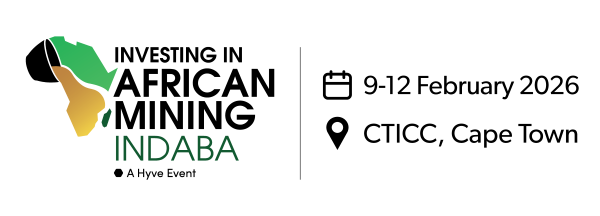
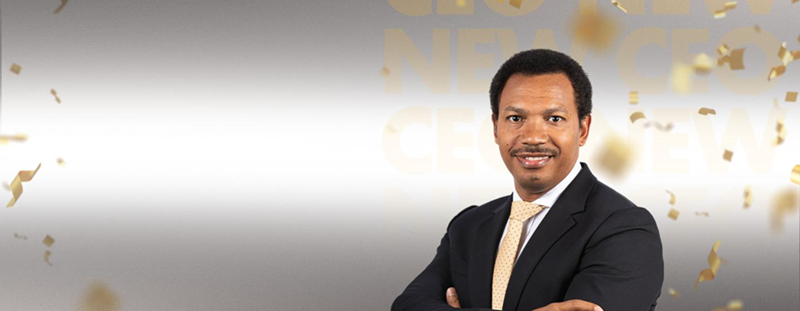
.jpg?ext=.jpg)
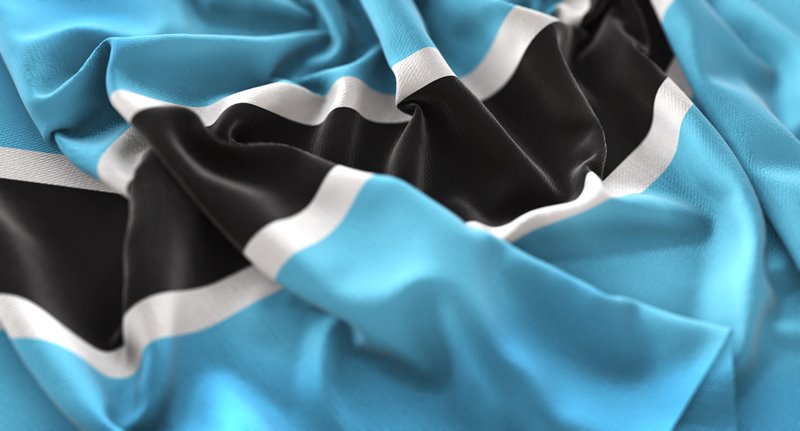
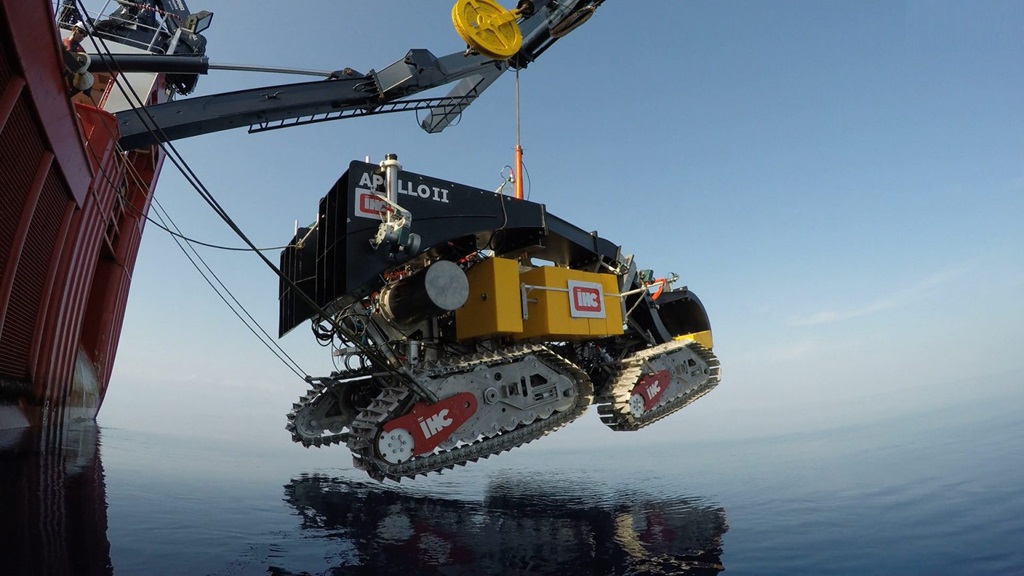
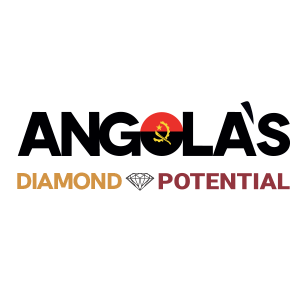
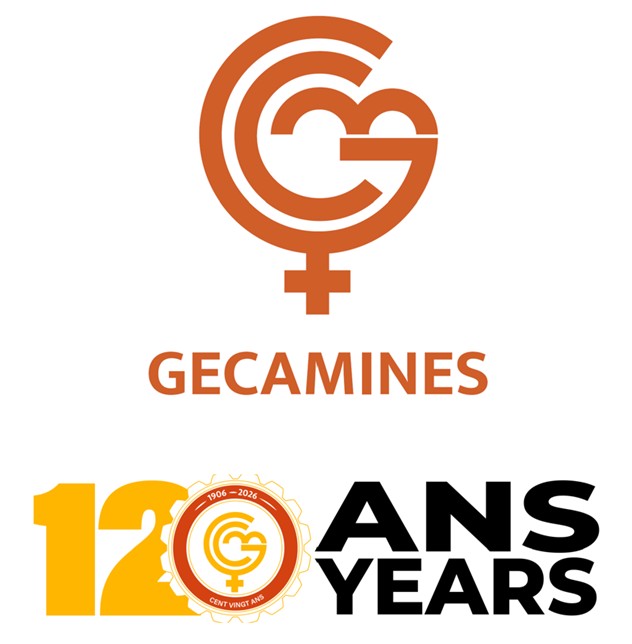
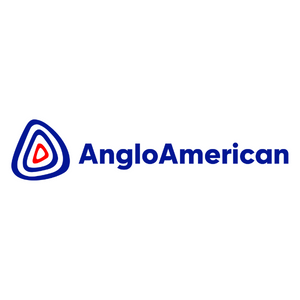
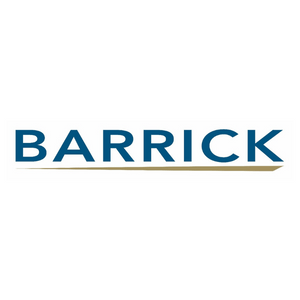
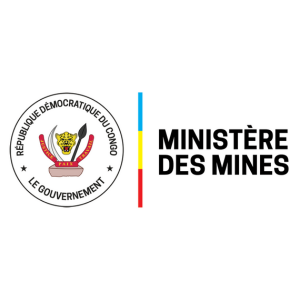
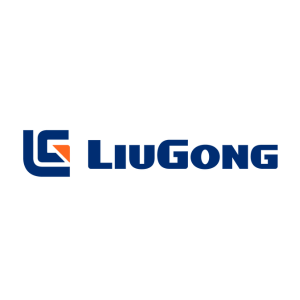
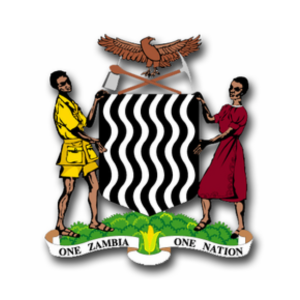

-Logo_CMYK_1.jpg?width=1000&height=500&ext=.jpg)
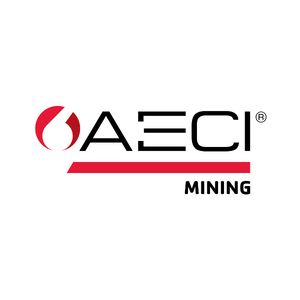

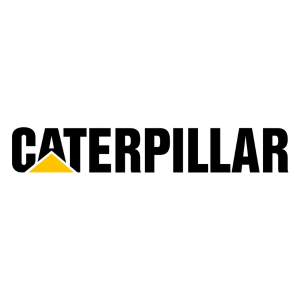
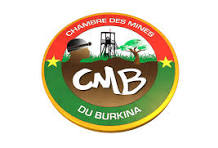
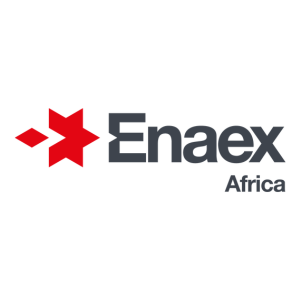
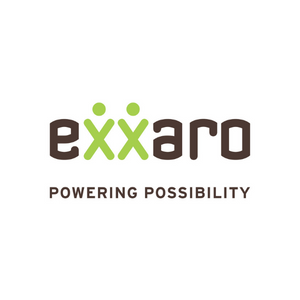
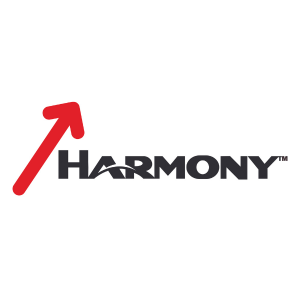
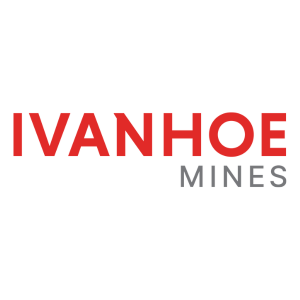
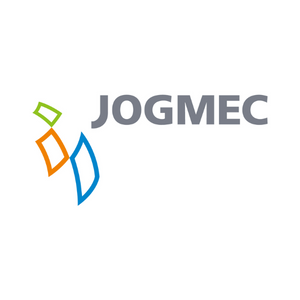


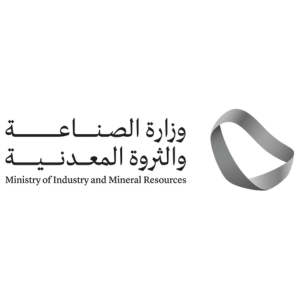
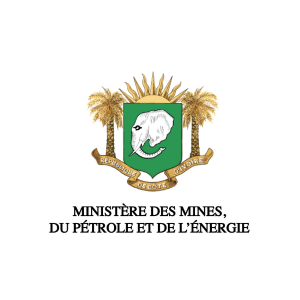
_1.png?ext=.png)
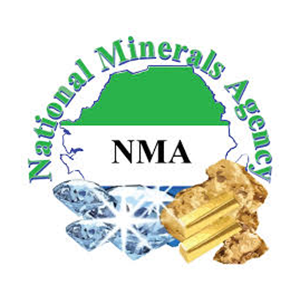

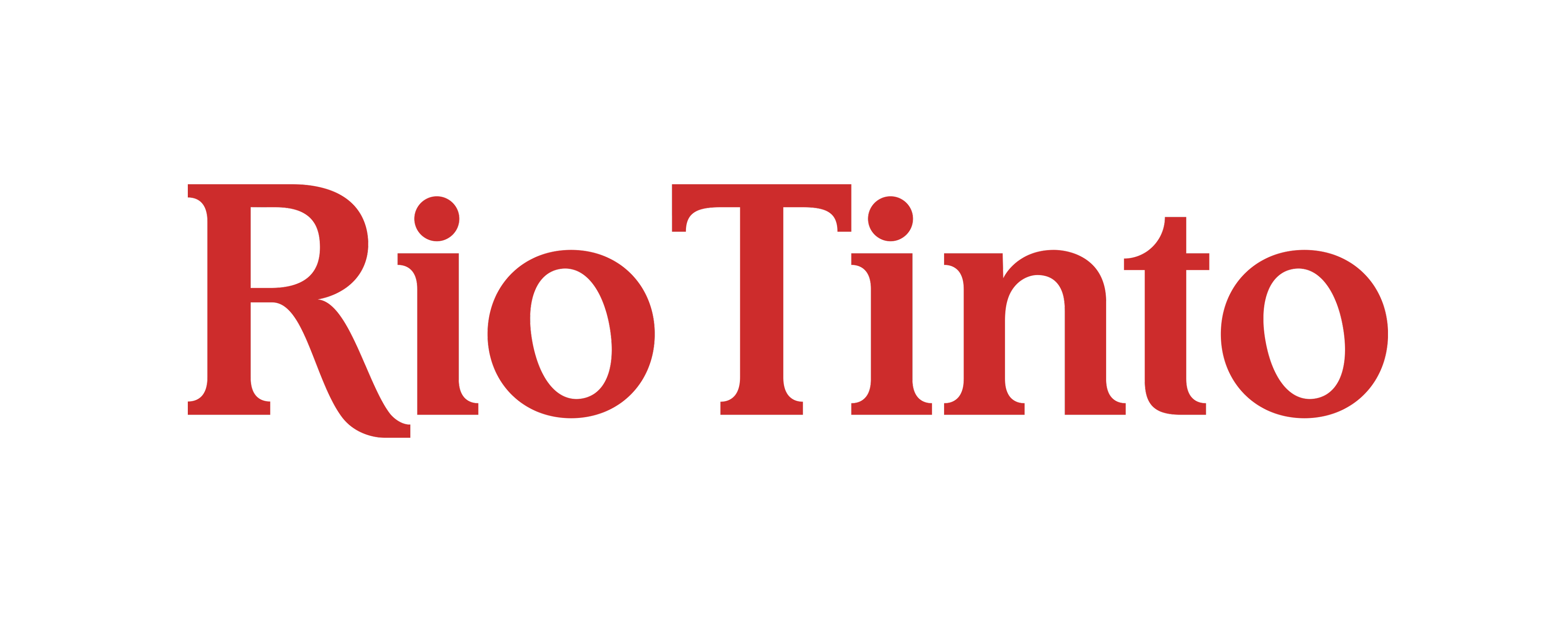
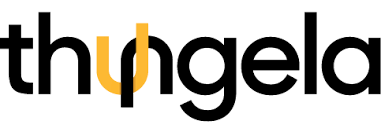
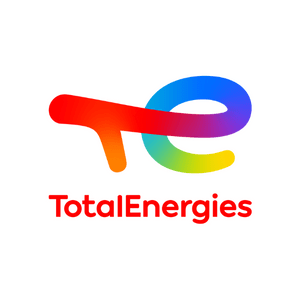
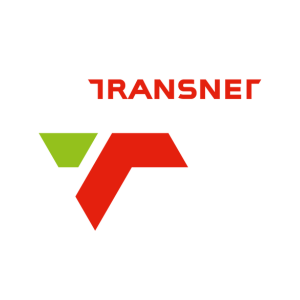
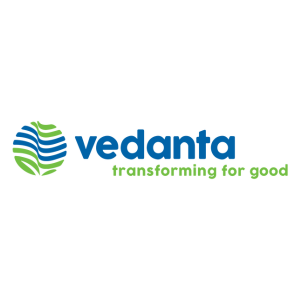

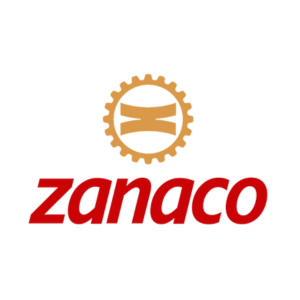
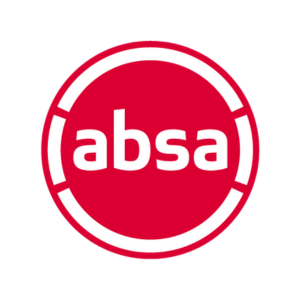
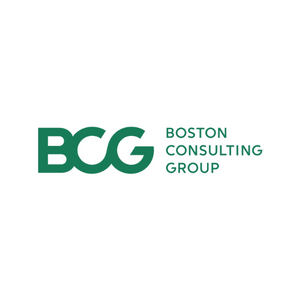
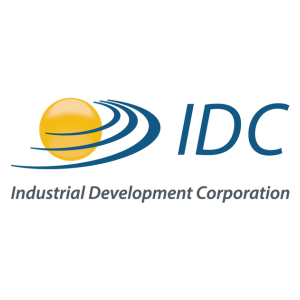

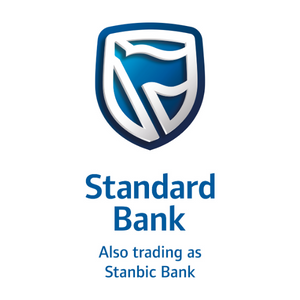


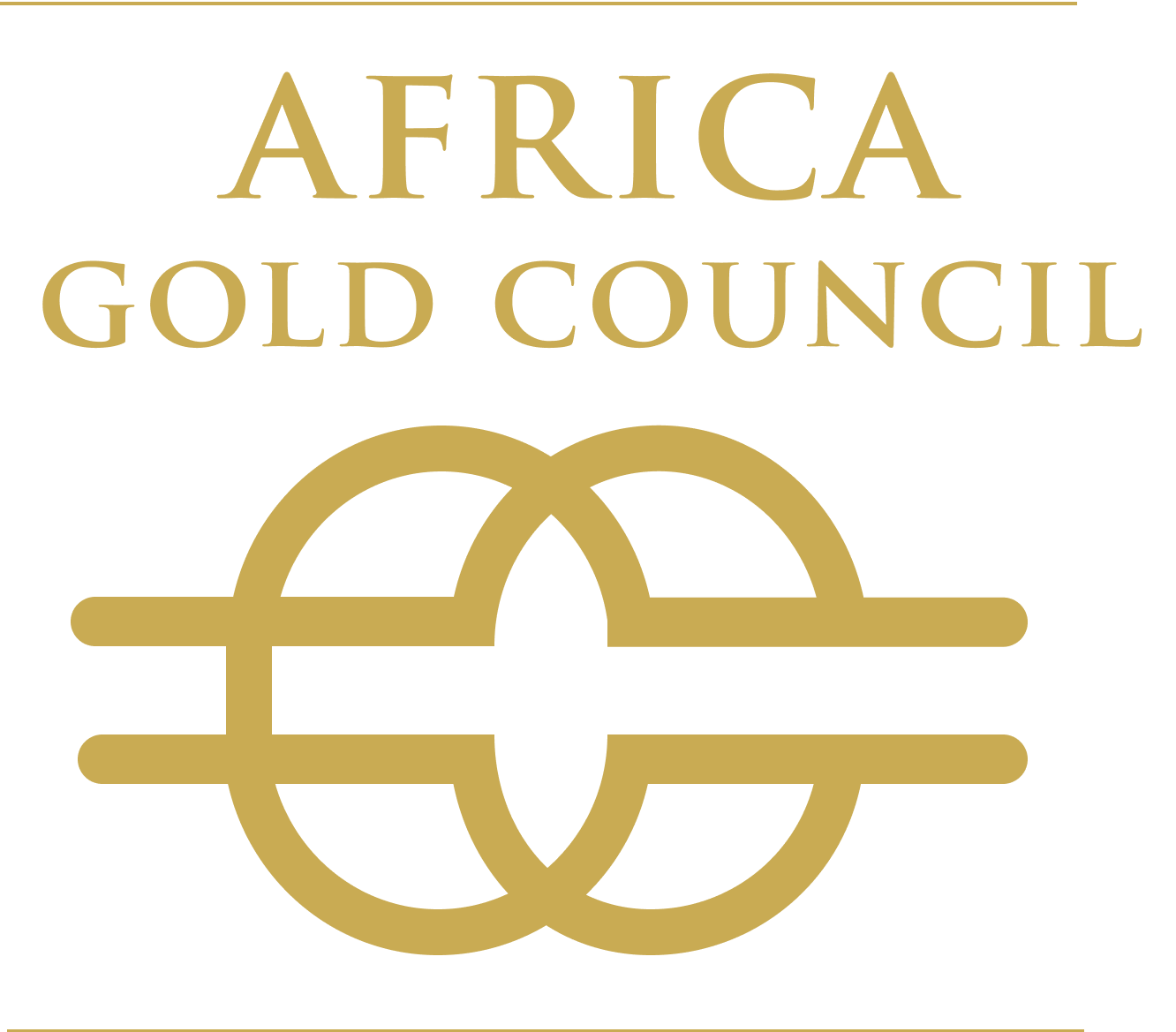
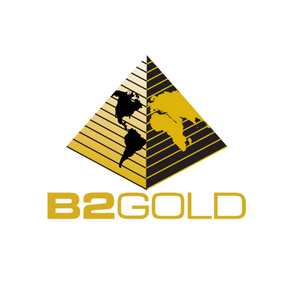
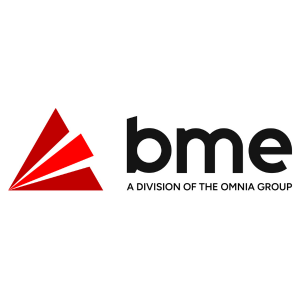


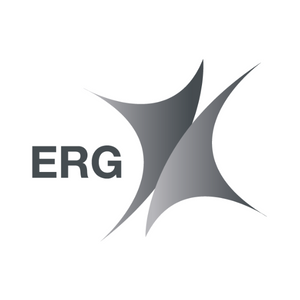


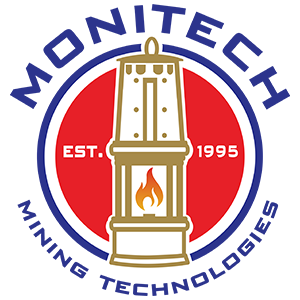
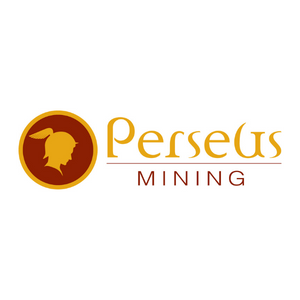
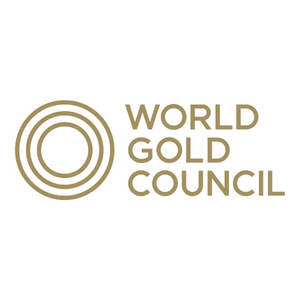

_mi25-weblogo.png?ext=.png)
